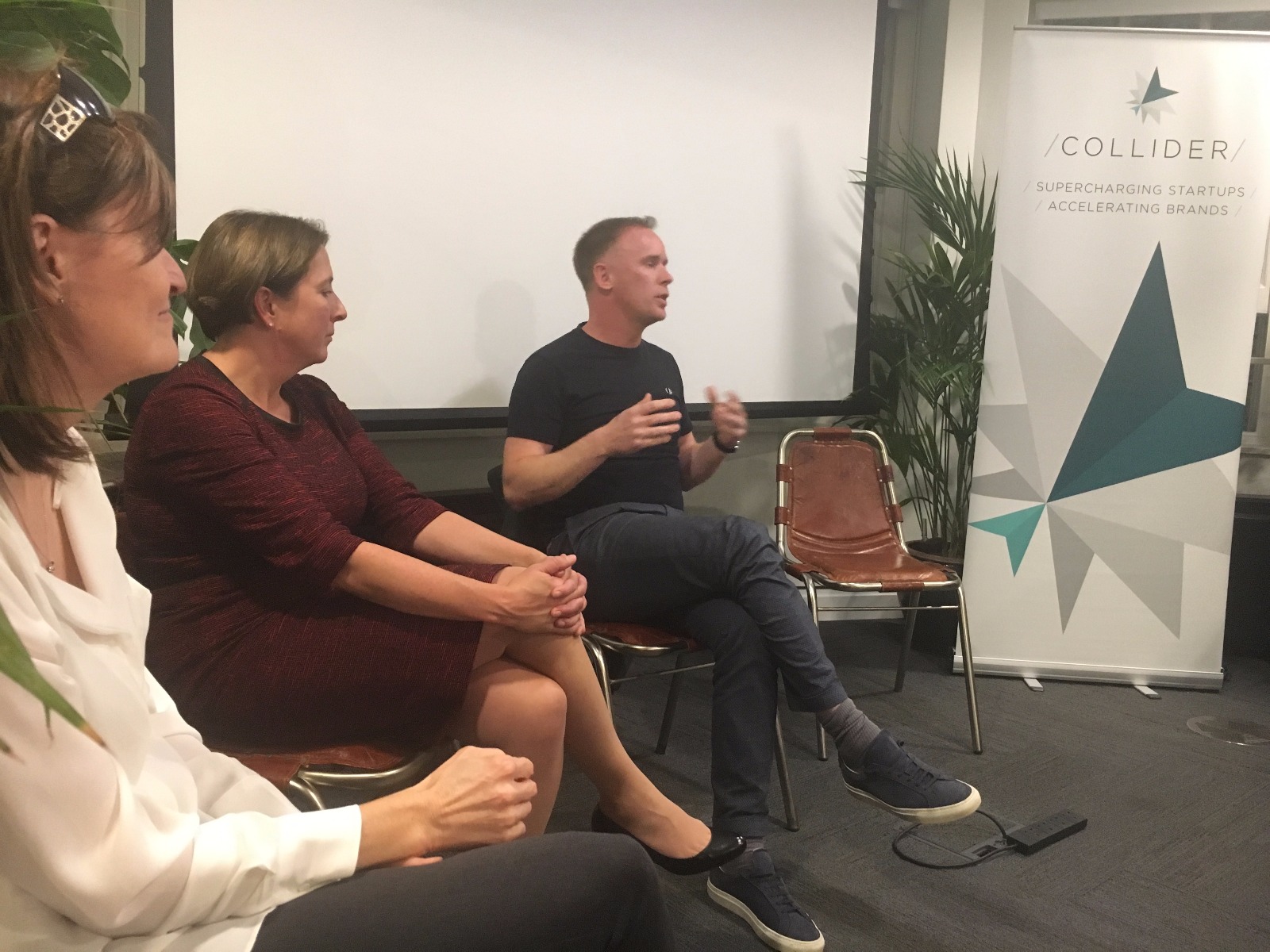This is the full post that Alexei Poliakov, co-founder of Locomizer, was recently asked to write for the Telefonica blog, which you can see here.
Recently, we had a very interesting group discussion at the startup networking dinner hosted by Telefonica in San Francisco on “What is the future of maps?”. Since my startup, Locomizer, deals with a lot of location data on a daily basis, I would like to share my thoughts regarding this topic with a broader audience.
First, let us touch on some key trends that are redefining our notion of location and maps. We must admit that the era of persistent location is upon us as we speak. For better or worse, our whereabouts are tracked, analyzed and recorded on a constant basis. The abundance of mobile phones makes it easy to access personal data such as location. For example, cell-tower triangulation tracking generates tons of location data as the nearest cell-tower signals are determined every seven seconds. Moreover, the reality is that personal location data is not confined to just telecoms as it is being generated across multiple verticals. It is imperative for governments and business organizations to obtain customer consent and be more transparent about their usage of personal location data to avoid controversies like the NSA surveillance program.
Despite all these concerns, let’s face it - persistent location is here to stay. Location is our identity – the places we visit in our daily lives define our real-life preferences and interests. Consumers are warming up to the idea of personal location sharing as shown by the increasing usage of Facebook’s Nearby service. Last December, Facebook reported that 250 million users were tagging posts with location on a monthly basis which roughly corresponds to 800 geo-tags a second.
The explosion of personal location data creates a rewarding opportunity for organizations to gain a better understanding of their customers and their needs. However, the challenge is not in data availability but in how it is translated to retrieve the data-driven insights about customer behavior around certain places. To start winning in this space, one must own the “geo-stack” as famously described by Chris Dixon. Nevertheless, controlling the functional layers of geo-stacks, including geography maps, point of interest data, and customer geodata, may not be enough. Industry players must create a winning proposition showcasing a clear benefit for consumers to use their services AND to be at ease whilst sharing their personal location data.
So, to answer “What is the future of maps?”, I would like to paraphrase Fred Wilson and say that the future of maps is in understanding maps with people in them.
Alexei was working for big corporate names in the mobile and wireless domain until he co-founded a startup called Locomizer in February 2013. Locomizer is an enterprise location data analytics platform that enables audience discovery for relevant targeting. In June 2013, Mashable included Locomizer in their list of 25 Top UK startups.







